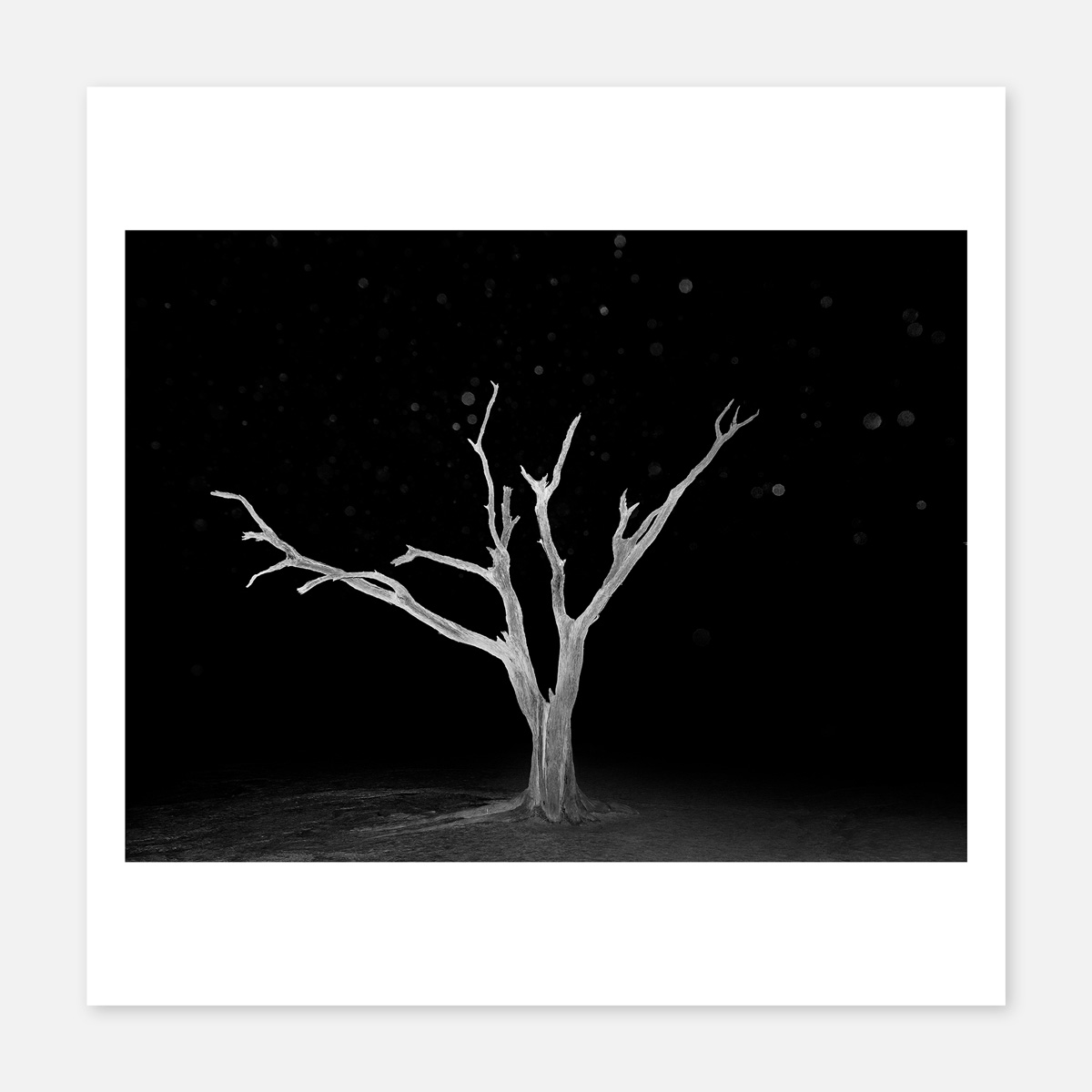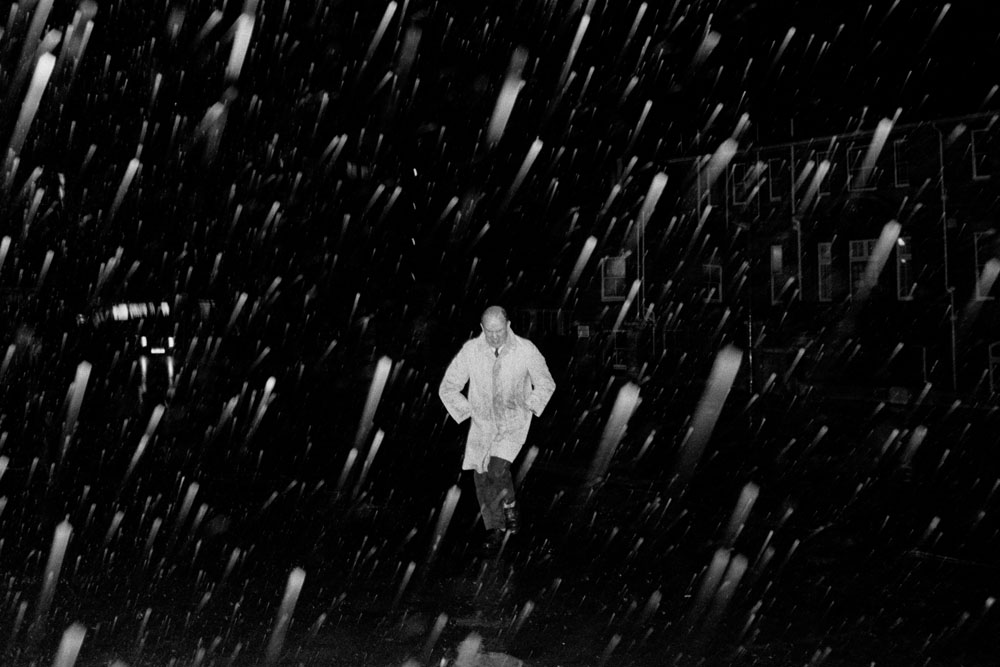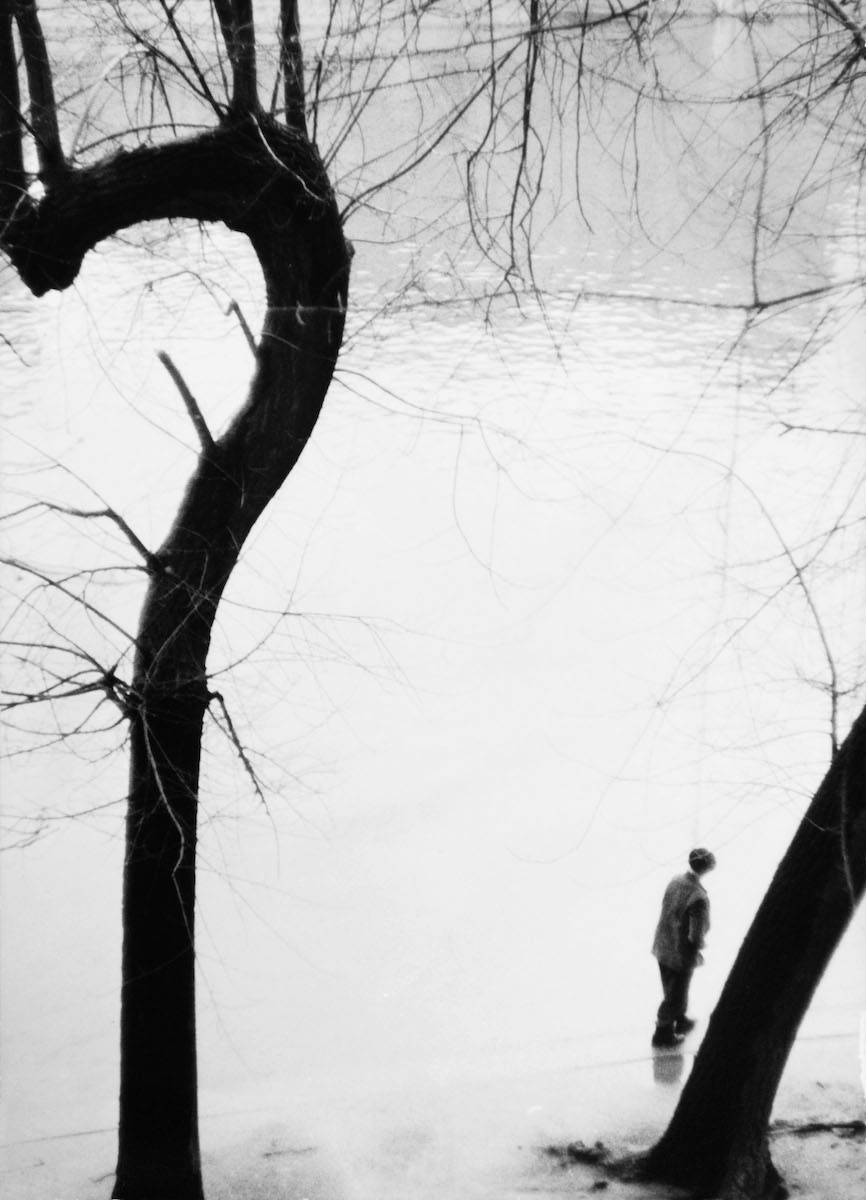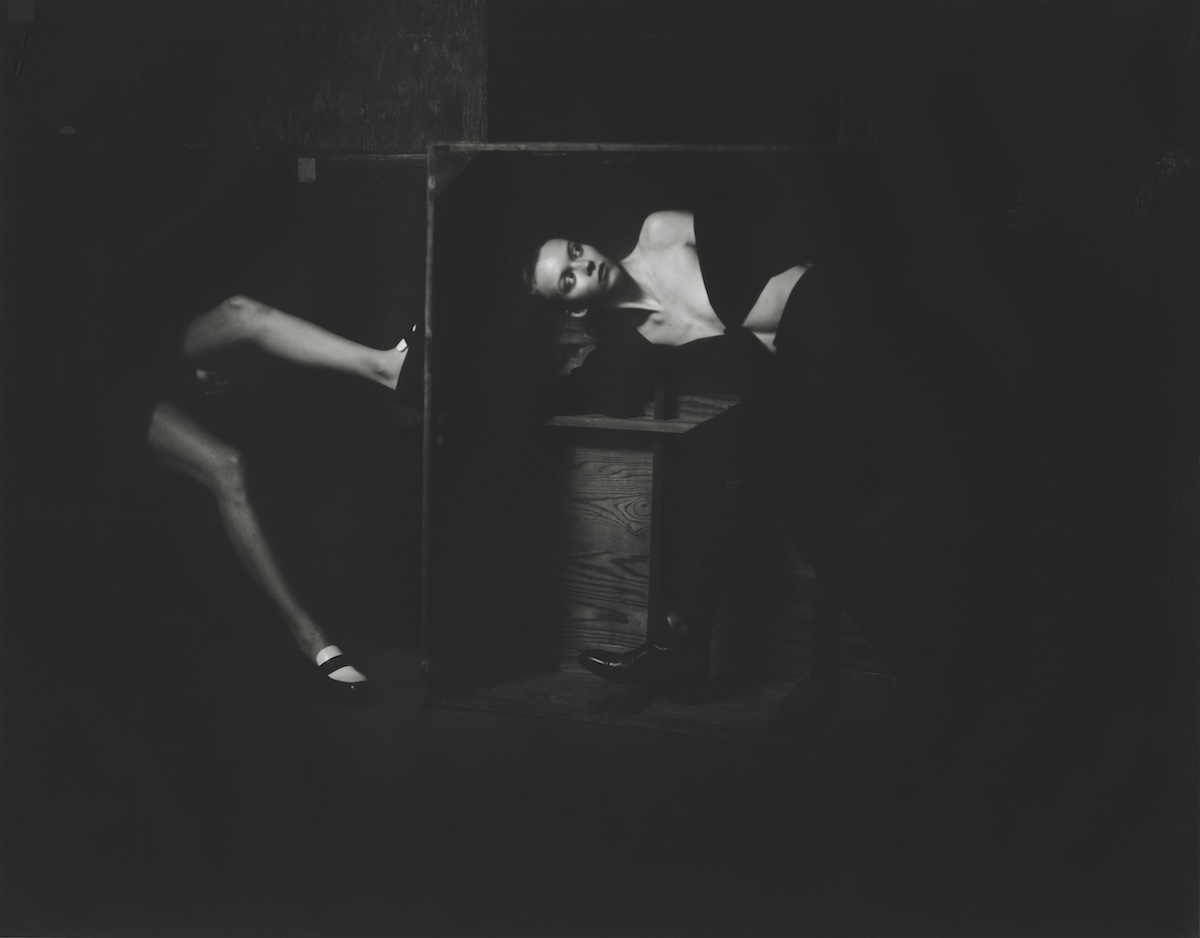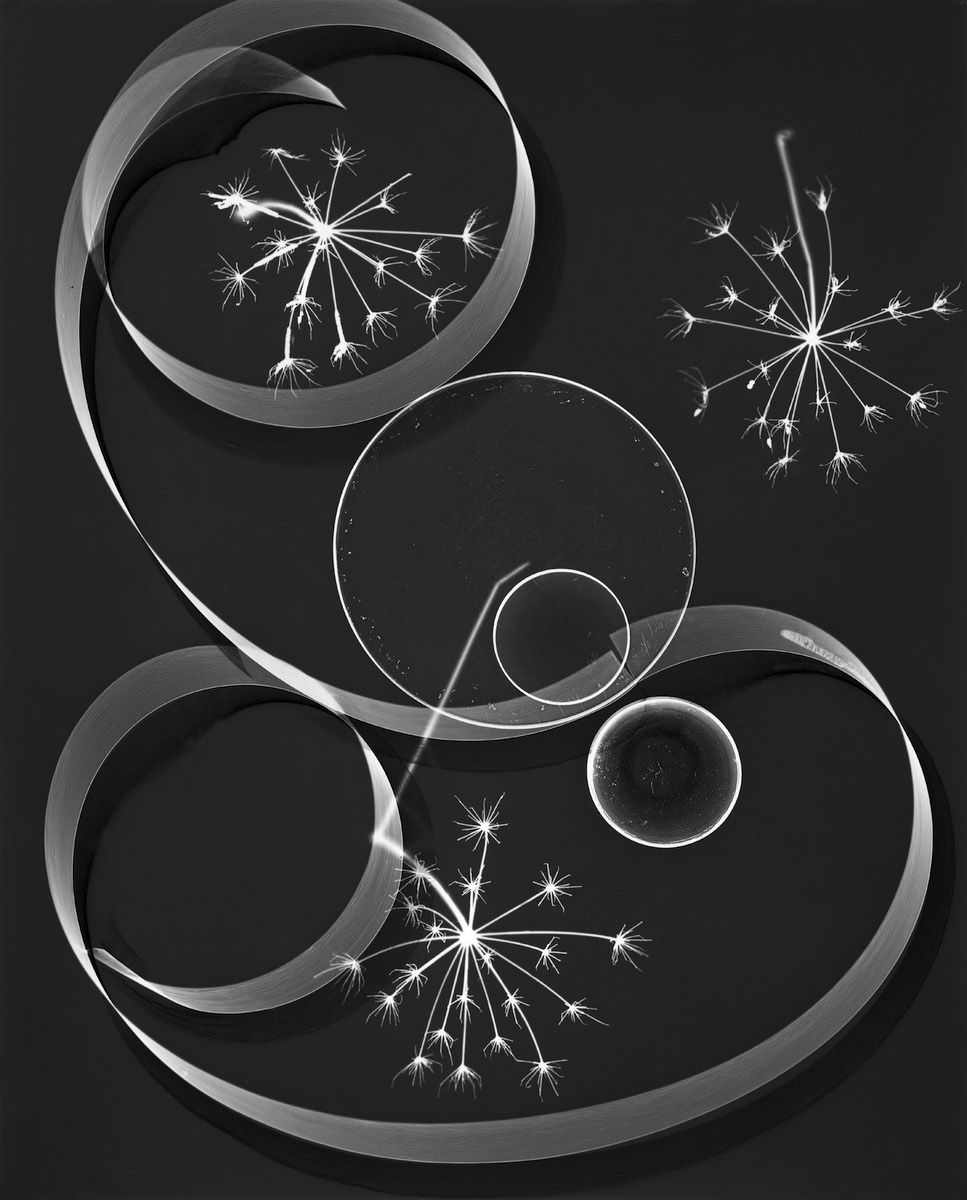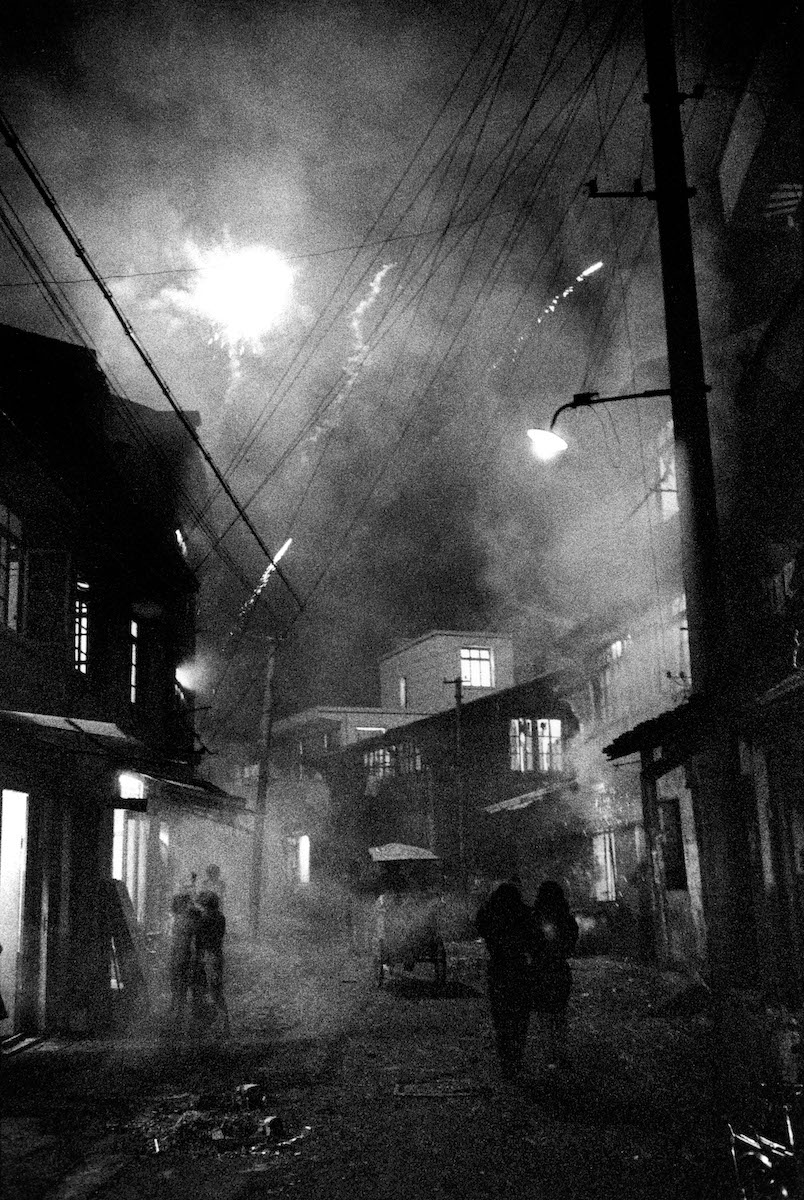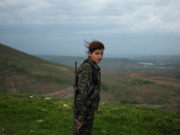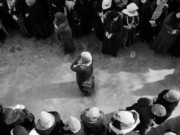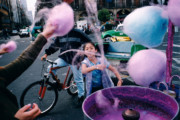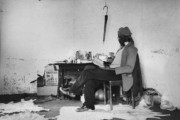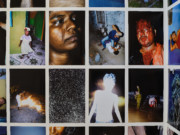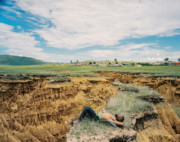A Surreal Selection
A selection of surreal images from the Magnum Square Print Sale, organized in partnership with the World Press Photo Foundation.
The Magnum Square Print Sale, titled Written by Light, and organized in partnership with the World Press Photo Foundation is now live. For one week only, 107 signed or estate-stamped 6×6” prints are available for $110/£110/€120.
Below, browse a selection of surrealistic prints from the full collection and read the stories behind the images, including Salvador Dalí’s light sculptures as captured by Phillippe Halsmann in 1950, an image from Martin Parr’s experimentative series Bad Weather, and Paolo Pellegríns shot of a lone tree in the Namibian desert (available here).
View the full collection of prints here. The sale runs until 23:59 ET on Sunday, October 22.
Zied Ben Romdhane
“This photo was taken in Mauritania on the first day of our journey toward the Mali-Mauritania border. It is part of a project I am working on in the Sahel region, where I explore the question of our Tunisian identity and its relationship with sub-Saharan Africa,” explains Zied Ben Romdhane. “Our driver was excited and wanted to be photographed. However, at that moment, it was nighttime and there was limited access to light. I explained to him that I would try anyway. I used a torch to illuminate the scene, and the photo took on a different dimension.”
Martin Parr
“I decided to purchase a waterproof camera and flash gun when I was doing my Bad Weather project,” Parr writes of the process of shooting his image. “This gave me the chance to experiment with flash, rain and snow. I then started to exploit this combination, and this is one of the better examples.”
Phillippe Halsman
Alongside the image of Dalí’s light sculpture, the Estate of Phillipe Halsman attach a quote from Halsman’s wife Yvonne, taken from the book Halsman at Work:
“Dalí had always been tormented by Picasso’s fame. After seeing the photograph by Gjon Mili of Picasso drawing a bull in the air with a small flashlight, Dalí confided to Philippe: ‘You know, I can do much better. I’ll make a sculpture in complete darkness.’
“Philippe was easily persuaded but had to conceive a suitable solution to this difficult photographic problem. Dalí was dressed in black from head to foot. Philippe made a small slit for the eyes in the hood. Dalí held a white porcelain globe; he also had a long white porcelain tube. In total darkness he proceeded to slowly move the arm that held the globe, starting with the head. Then he took the long tube to make the neck and arms. We followed his movements, lighting up only the sphere of the tube with two spotlight beams. Philippe used the 4×5-inch camera and left the lens open during this procedure.”
Leonard Freed
“The very first picture Leonard ever took was in Paris, on his first trip to Europe,” explains Brigitte Freed. “He was 23 years old, wandering around aimlessly with a simple camera. This image shows a man between trees at the edge of the Seine river.”
Olivia Arthur
“A few years ago, I found myself buying an old wooden 10×12 camera. The format is so big that it is almost impossible to buy film for it,” writes Olivia Arthur. “I started experimenting with photographic paper as the negative, which then gets scanned to make the image. But the sensitivity of paper is much lower than film so the exposures were taking 8–10 seconds and meant a completely different process of image-making. This one comes from a shoot I did for Crash Magazine and Dior.”
Werner Bischof
The Estate of Werner Bischof share a quote from Bischof’s sister, Marianne to reveal how this image was shot: “We produced photograms by placing lace and other fine objects on photographic paper, which we then exposed. We also went for long mountain hikes with our father and observed nature. Our mother, Marie Schmied, was especially interested in religious and philosophical topics. The numerous discussions we had with her undoubtedly had an influence on our attitudes and on our later choice of careers.”
Patrick Zachmann
“I took this picture in Wenzhou in 1991, while I was discovering the province of Zhejiang in south China,” Zachmann explains. “I chose Chinese New Year because many overseas Chinese nationals come back during this time to visit their families. I was interested in the links between them.
“On the night of the new year, I was wandering around with a French Chinese friend who came back to her hometown after a long period away, when the fireworks suddenly appeared, lighting the narrow streets and the traditional wooden houses, which I liked so much. It was magical!
“I’ve always thought that in photography reality is stronger than fiction and a set-up picture, with or without A.I., can never compete with a good, candid photo.”
"The light, some unpredictable details, even the imperfection of some photographs, as well as the hazard, make pictures magic."
- Patrick Zachmann
Matt Black
“Where I live, in California’s Central Valley, there’s no such thing as ‘good light’ — it’s just bright,” Black writes. “Dry light comes from all directions and envelops everything, smothering highlights and erasing shadows. I came to realize that this scale, these elements, reflect the world as it is. Rather than fight it, I embraced it and made it my own.”


